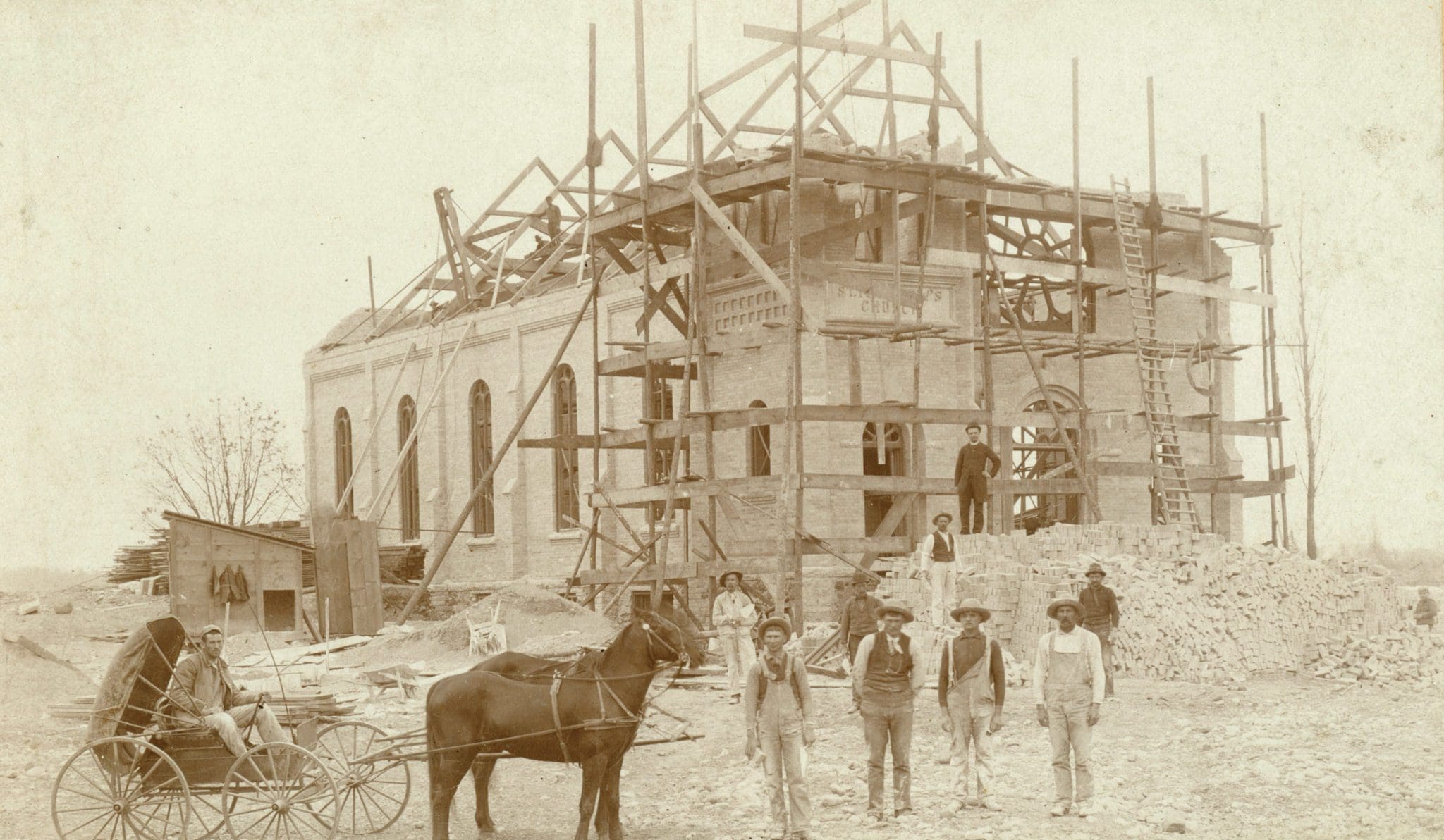
COLLEEN JURKIEWICZ
CATHOLIC HERALD STAFF
“Archdiocesan history is, to some degree, a history of ‘Catholicisms’ generated by the forces of ethnicity,” wrote Fr. Steve Avella in his 2002 book “In the Richness of the Earth: A History of the Archdiocese of Milwaukee” — the definitive history of the archdiocese between the years of 1843 and 1958.
Those various threads of “Catholicisms” combine to form a vivid tapestry of cultural and faith traditions in southeastern Wisconsin — one which continues to be a work in progress.
There simply isn’t room in this, or any, issue of the Catholic Herald to do justice to the profound contributions of the many and diverse ethnic groups who comprise the history of the Archdiocese of Milwaukee. A comprehensive look at the Catholic faith of these individuals, many of them immigrants whose love of the Church was a lifeline during times of upheaval, would run for more pages than there are years in archdiocesan history.
Instead, we offer here a brief overview of several ethnic communities whose love for Christ and His Gospel message has created a truly Catholic — in the universal sense of the word — community here on the shores of Lake Michigan.
Native Americans
The communities indigenous to the state of Wisconsin — among them the Ojibwe, Potawatomi, Menomonee and Oneida tribes — were the focus of the first missionary efforts of French Jesuits in the 1600s. The legacy of these missionary endeavors is a complicated one that, while perhaps well-intentioned in its concern for evangelization, was often marked by a disregard for native culture and ways of life.
French
It was the faithful of the French Catholic Church who represented the first European presence in Wisconsin — both clergymen like Fr. Rene Menard, the first priest to say Mass on Wisconsin soil in 1661, and Fr. Claude Jean Allouez, who built the first church in Ashland; as well as lay people like Jean Nicolet, a devout Catholic who is said to have carried a picture of the Blessed Virgin on his person, and Solomon Juneau, at whose home the first Catholic Mass was held in the city of Milwaukee in 1835.
German
Immigrants from the German-speaking kingdoms of northern and central Europe are credited with turning Milwaukee into “the German Athens” of the 19th century. In 1880, seven out of 10 foreign-born Milwaukeeans were German, and they were 40 percent of the total population of the city, with “dense social networks that made the church a major focus for social, cultural and intellectual life,” wrote Avella. The first four bishops of Milwaukee were all German speakers.
Luxembourg
Luxembourgers are a small but fiercely proud immigrant group who have made their mark on the counties north of Milwaukee. The Feudalist society of the duchy of Luxembourg was crumbling in the mid-19th century, leading to the migration of thousands of Luxembourgers to the new world.
Croatians
Milwaukee’s Catholic Croatian community found its home at Sacred Heart Parish on North 49th Street. Founded in 1917, the parish has been entrusted to the Croatian Franciscan Commissariat since 1930.
Irish
Driven from their native land by British imperialism and the devastating effects of the potato famine, the Irish comprised close to 15 percent of the city’s population by 1848 and were the first group of immigrants to dominate the Catholic landscape of the city. Irish enclaves existed in Milwaukee’s Third Ward and in Racine, Kenosha and Waukesha counties.
Polish
The greatest import of Milwaukee’s Polish immigrants was not kielbasa — it was their Catholic faith, which has endured through the generations. St. Stanislaus, one of the city’s reigning “Polish cathedrals,” was the community’s first parish and school, founded in 1866.
Italian
The Italians succeeded the Irish as residents of the Third Ward beginning in the 1890s, bringing their numbers to almost 5,000 by 1920. Their Catholicism was integral to their identity, and in 1905 they founded the Blessed Virgin of Pompeii Church on Jackson Street, a parish that would become not only the spiritual but cultural heart of the community.
Hispanic
The Archdiocese of Milwaukee’s increasing Hispanic population (around 170,000) mirrors a trend seen across the country. This group is represented by Mexicans and people from South and Central America, and Puerto Rico, along with the Caribbean. The first Mexican immigrants came to Milwaukee in the 1920s and established the Mission of Our Lady of Guadalupe in a storefront on South Fifth Street in 1926. Today, there are Hispanic Catholic faith communities all over the archdiocese, from Kenosha to Sheboygan.
African Americans
It wasn’t until the Great Migration of the late 19th century that the African American population of America’s large urban centers began to increase, and the same is true for Milwaukee. Most black families who came to this city were drawn by industrial and service jobs, but discrimination in housing and economic opportunities have forced African American communities — and consequently Milwaukee’s Black Catholics — into a segregated existence that has persisted despite legislative efforts to reverse it.
Asian Pacific Islanders
Sixteen different API cultural groups in gather for the archdiocese’s annual Asian and Pacific Islander Unity Day.
While this was a broad overview of the ethnic groups that helped form the Archdiocese of Milwaukee, there are others, including (but not limited to) Slovenians, Hungarians, Bohemians, Laotians, Hmong, Korean, Burmese, Vietnamese, East Indian and Slovaks. We encourage representatives from various groups to share their stories with us over the next year. Email any information and/or story ideas to hansonl@archmil.org.
